1. White tower Shanti Stupa – Symbol of peace in the heart of the Himalayas
Shanti Stupa was built in 1991 as a symbol of peace and unity between nations (Photo source: Collected)
Shanti Stupa was built in 1991 by Japanese and Indian monks as a symbol of peace and unity between nations. This project is part of a global movement initiated by Venerable Nichidatsu Fujii to spread the message of peace through Buddhist stupas. Visiting the white tower of Shanti Stupa, visitors will not only admire the unique architecture but also feel the peaceful energy radiating from here.
Located at an altitude of more than 4,200 meters above sea level, Shanti Stupa stands out with its pure white color, symbolizing purity and enlightenment in Buddhism. Inside the stupa are exquisite reliefs depicting important events in the life of Buddha, creating a sacred and solemn space.
2. Journey to conquer the white tower Shanti Stupa
The stairway is a popular choice for many tourists (Photo source: Collected)
Visiting the white tower of Shanti Stupa is an exciting experience but requires a bit of stamina. To reach the stupa, visitors have two options: drive up the winding mountain road or challenge themselves by climbing more than 500 stone steps leading straight to the top.
The stairway is a popular choice for those who like challenges and want to enjoy the majestic natural scenery. Along the way, visitors can stop to rest and look out to see the green valleys, snow-capped mountains and the Indus River flowing through Leh. Once reaching the top, all fatigue will disappear immediately when standing in front of the beautiful scenery and the quiet space of Shanti Stupa.
3. Watch the sunset and sunrise from the white tower Shanti Stupa
Sunset falls on the white tower Shanti Stupa (Photo source: Collected)
One of the reasons that makes visiting the white tower Shanti Stupa a memorable experience is the breathtaking view at sunset and sunrise. These are the two best times of the day to visit this place, when the sunlight paints the surrounding mountains in a golden color, creating a mesmerizing natural picture.
Sunrise at Shanti Stupa is a serene and energizing experience. As the sun slowly rises from behind the Himalayas, the gentle light casts a magical and unforgettable light over the Ladakh valley.
At sunset, the afternoon sunlight reflects on the white surface of the tower, creating a beautiful visual effect. This is also the ideal time to meditate, relax and enjoy the fresh air, helping visitors regain balance and peace of mind.
4. Experience culture and spirituality when traveling to the white tower Shanti Stupa
Shanti Stupa is an important spiritual center for Buddhists (Photo source: Collected)
Shanti Stupa is not only a tourist destination but also an important spiritual center for Buddhists and local people. Every day, many monks and devotees come here to practice prayer rituals, chanting and meditation. Traveling to the white tower of Shanti Stupa, visitors can participate in these spiritual activities to feel more deeply about Buddhist culture and the peaceful spirit of this place.
Besides visiting the stupa, visitors also have the opportunity to chat with monks, learn about the history of Buddhism in Ladakh as well as stories about the construction of Shanti Stupa. This is a meaningful experience, helping each person understand more about the value of peace, compassion and love.
In addition, the area around Shanti Stupa also has many famous Buddhist temples and monasteries such as Namgyal Tsemo Monastery, Sankar Monastery and Leh Palace. Combining visits to these places will make your trip to the white tower Shanti Stupa more rich and memorable.
5. Ideal time and experience when traveling to the white tower Shanti Stupa
The best time to visit the white tower Shanti Stupa is from May to September (Photo source: Collected)
The best time to visit Shanti Stupa is from May to September, when the weather in Ladakh is warm and pleasant. In winter, the area can be covered in snow, making it difficult to travel. Due to its high altitude, the climate at Shanti Stupa is quite cold, even in summer. Visitors should carry a warm jacket, comfortable sneakers for climbing the stairs, and a bottle of water to stay hydrated during the trip.
An important thing to note when coming to Ladakh is altitude sickness due to the thin air. If you are not used to the altitude, you should take a day to acclimatize before climbing Shanti Stupa, and move slowly and breathe deeply to avoid fatigue. Preparing a camera or a phone with a good camera is also necessary, because the view from the Shanti Stupa tower will make you want to save every memorable moment.
Traveling to the white tower Shanti Stupa is a wonderful journey for those who seek the harmony of nature, culture and spirituality. Not only is it a famous tourist destination, Shanti Stupa also carries a deep meaning of peace and enlightenment. Standing before the majestic beauty of Ladakh, listening to the sound of wind chimes echoing in the peaceful space, visitors will feel a rare sense of relaxation and serenity.
Source: https://www.vietravel.com/vn/am-thuc-kham-pha/du-lich-toa-thap-trang-shanti-stupa-v16850.aspx


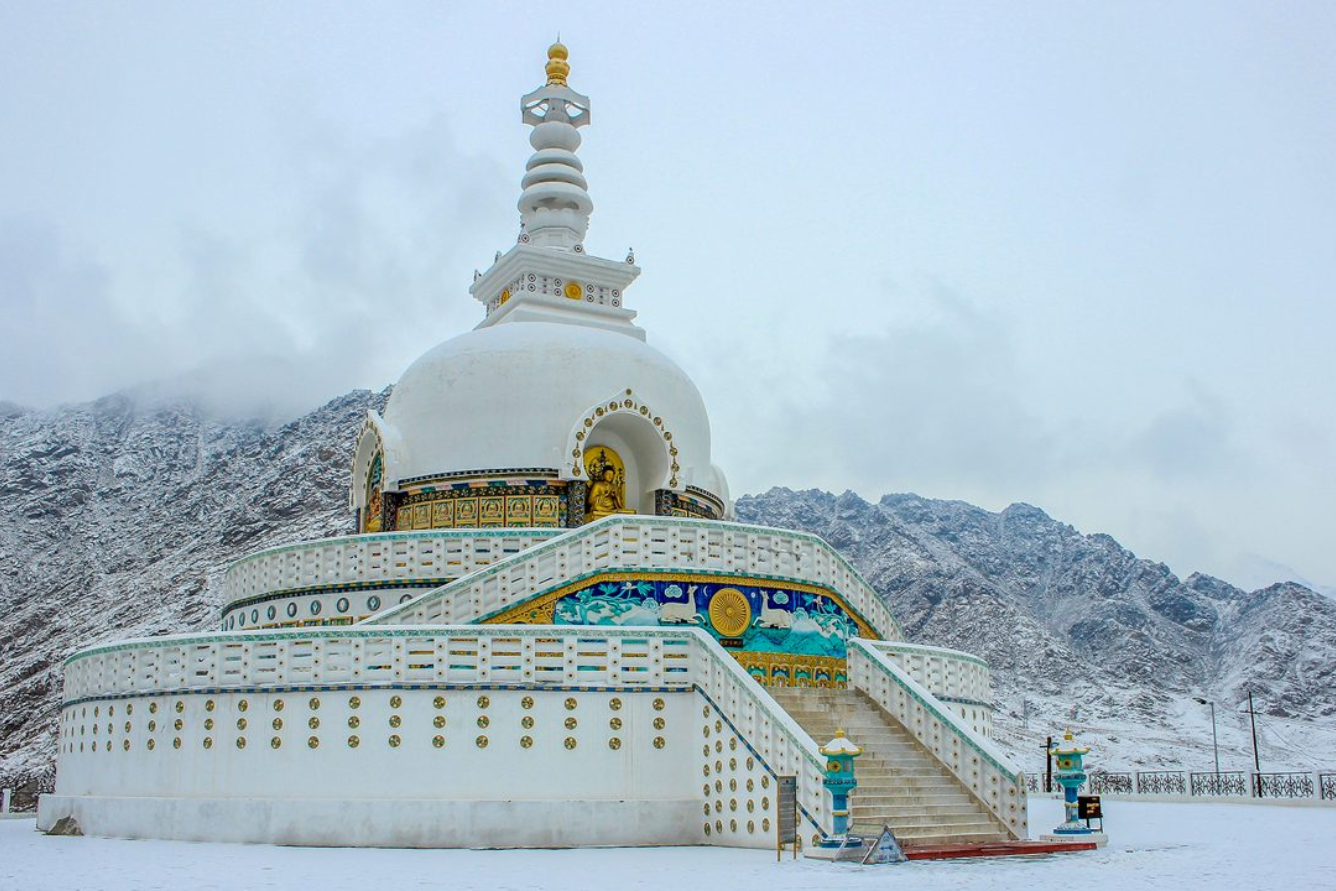
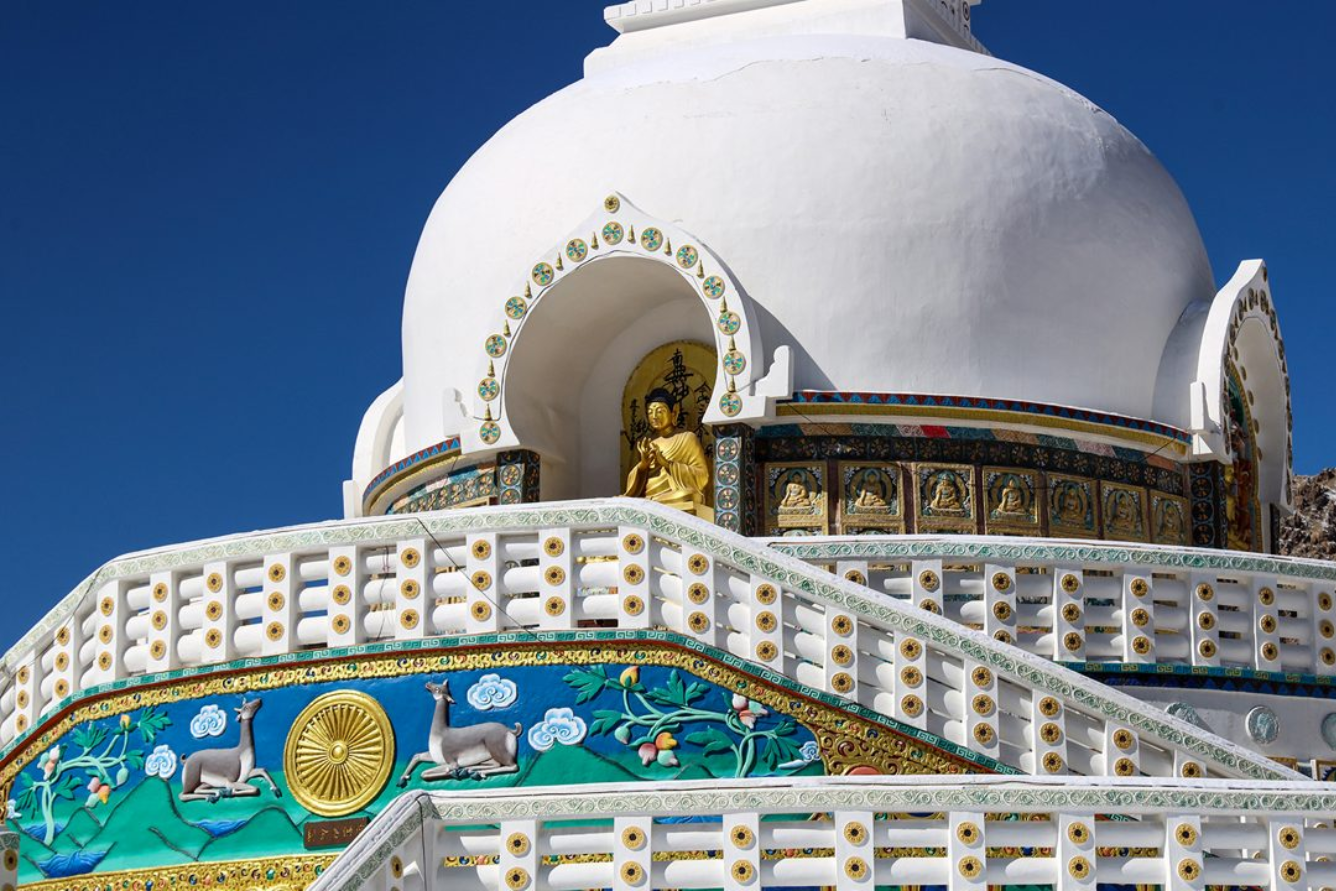
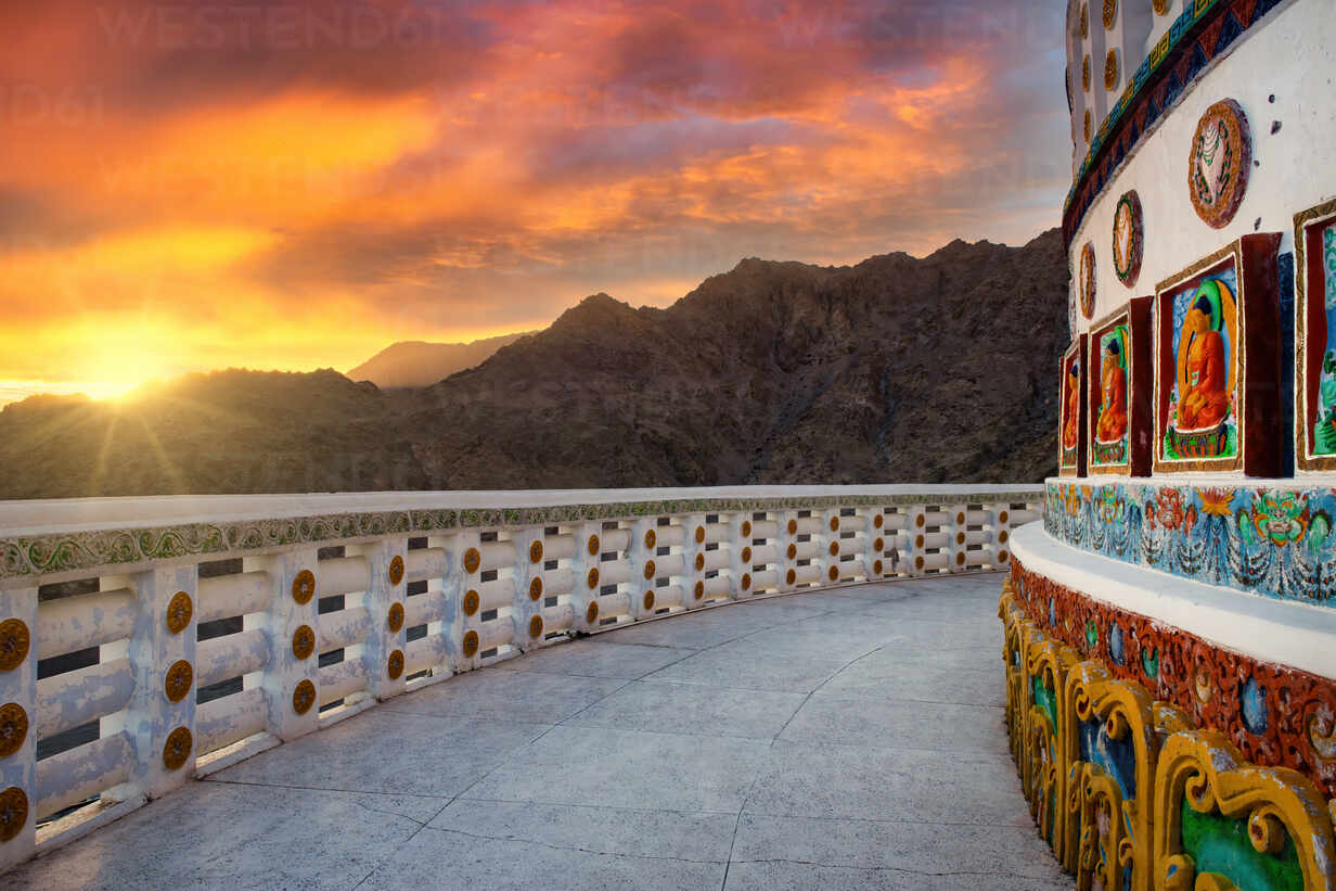
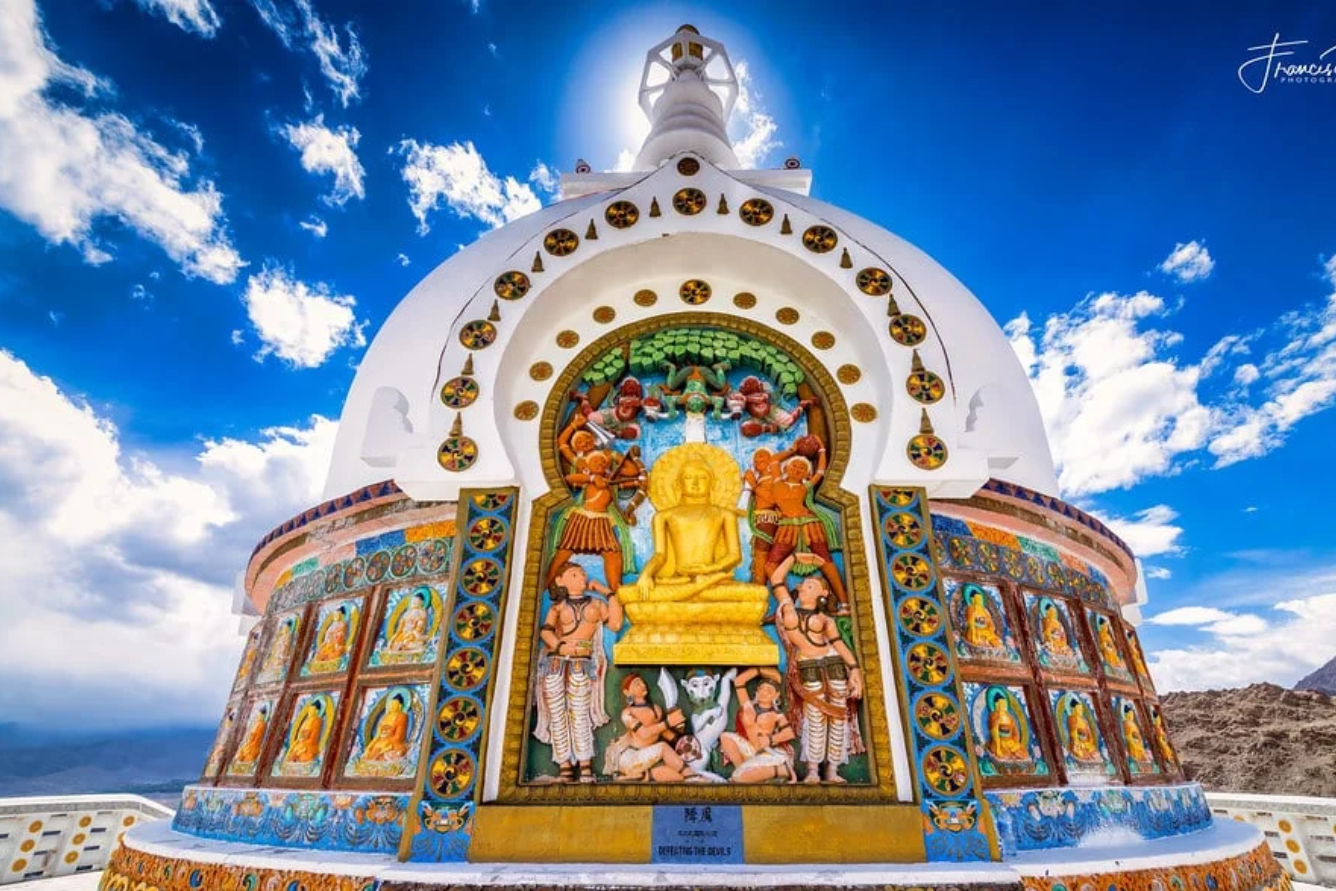
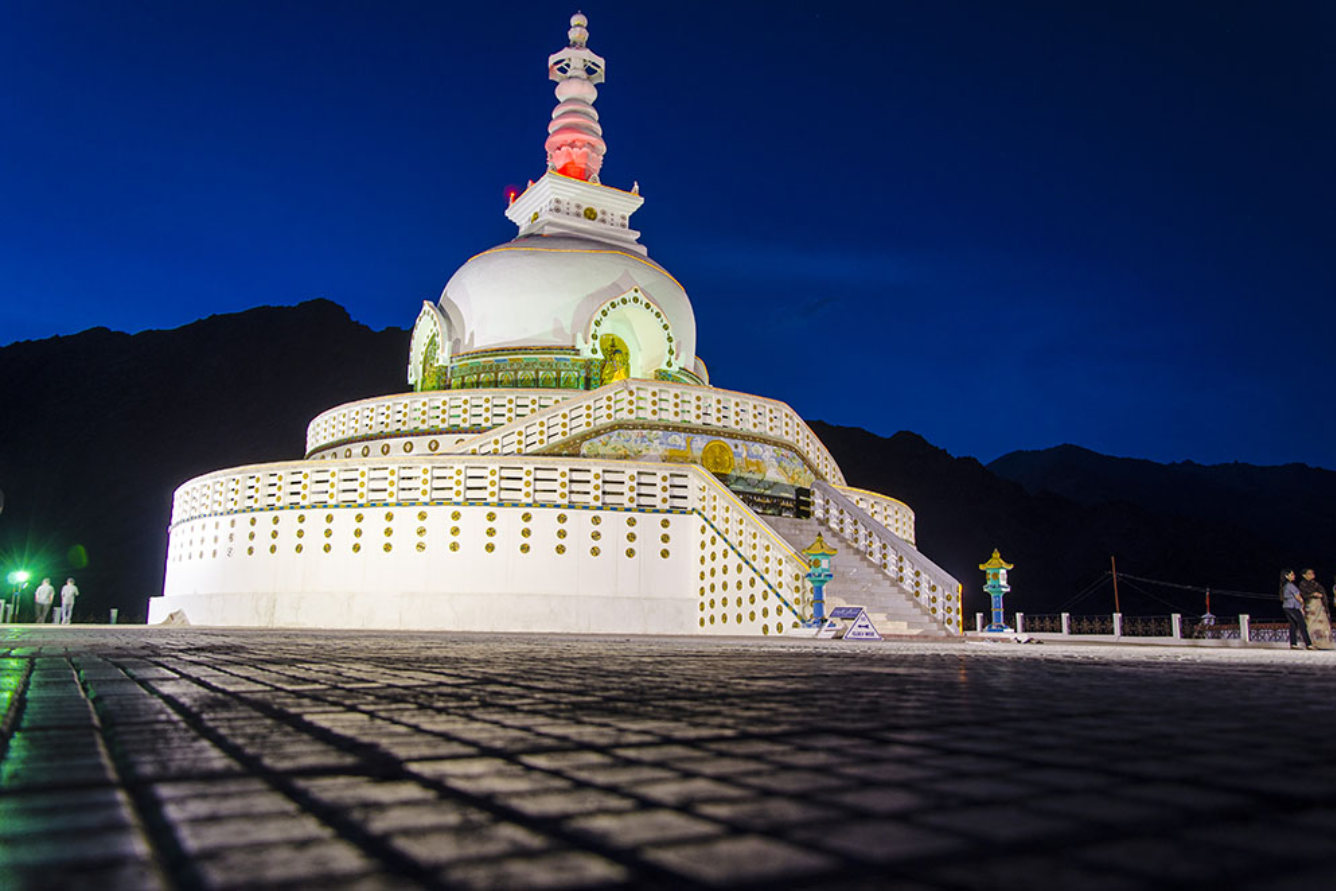
![[Photo] Party Committees of Central Party agencies summarize the implementation of Resolution No. 18-NQ/TW and the direction of the Party Congress](https://vphoto.vietnam.vn/thumb/1200x675/vietnam/resource/IMAGE/2025/10/27/1761545645968_ndo_br_1-jpg.webp)
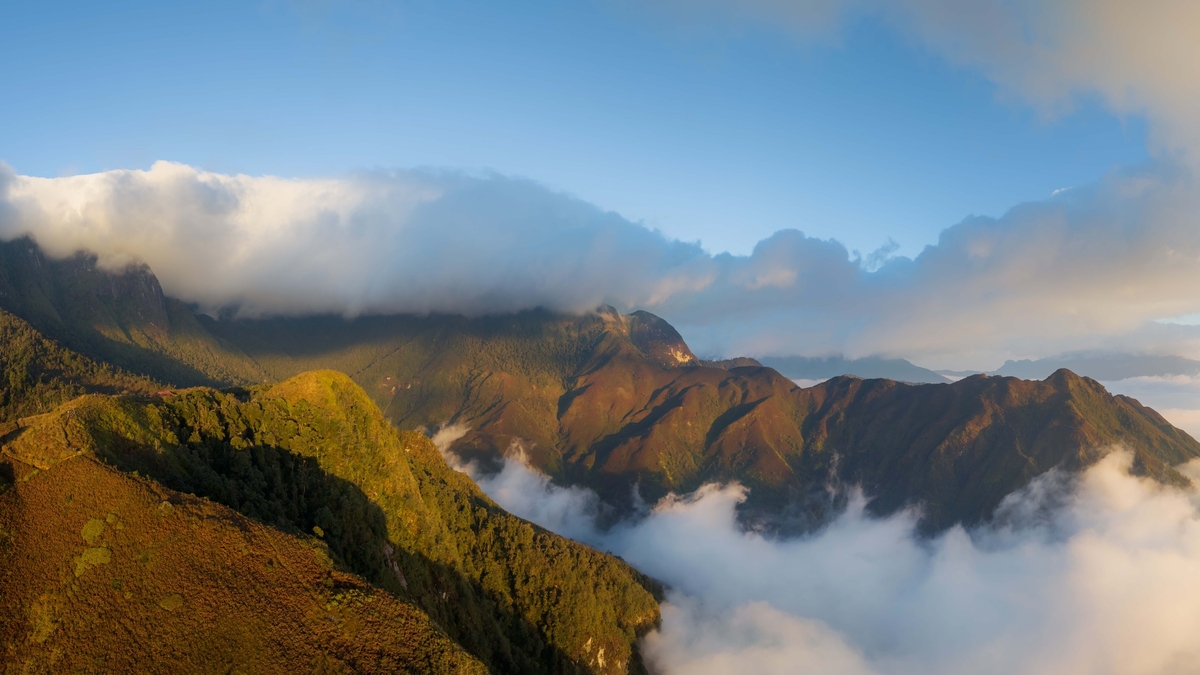
![[Photo] The 5th Patriotic Emulation Congress of the Central Inspection Commission](https://vphoto.vietnam.vn/thumb/1200x675/vietnam/resource/IMAGE/2025/10/27/1761566862838_ndo_br_1-1858-jpg.webp)
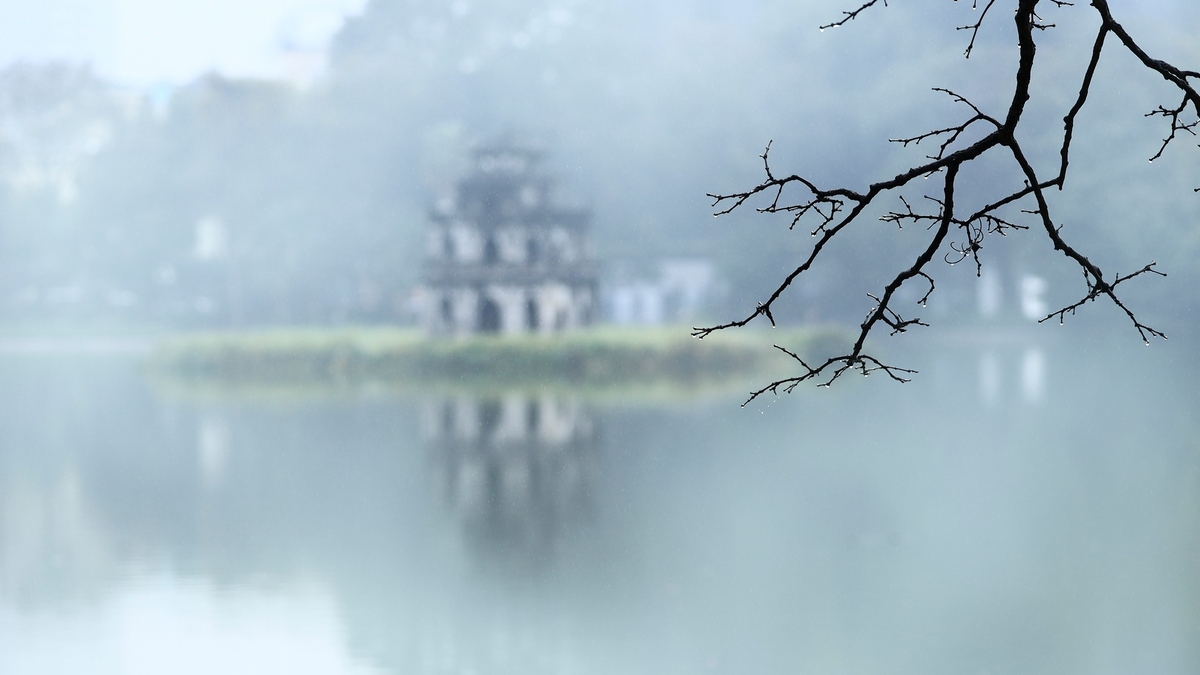
![[Photo] National Assembly Chairman Tran Thanh Man receives Chairman of the House of Representatives of Uzbekistan Nuriddin Ismoilov](https://vphoto.vietnam.vn/thumb/1200x675/vietnam/resource/IMAGE/2025/10/27/1761542647910_bnd-2610-jpg.webp)





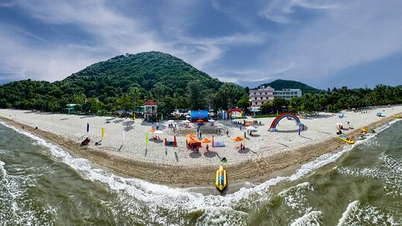



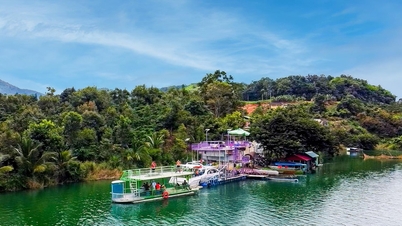

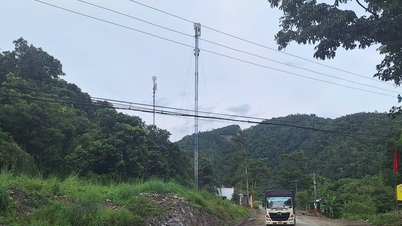



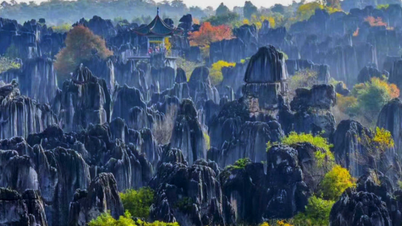

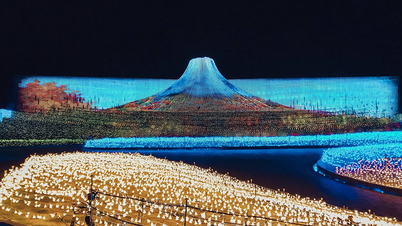




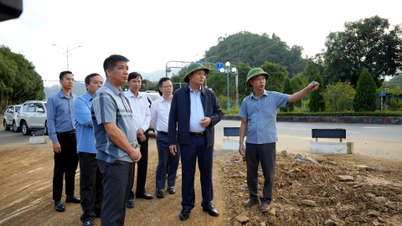




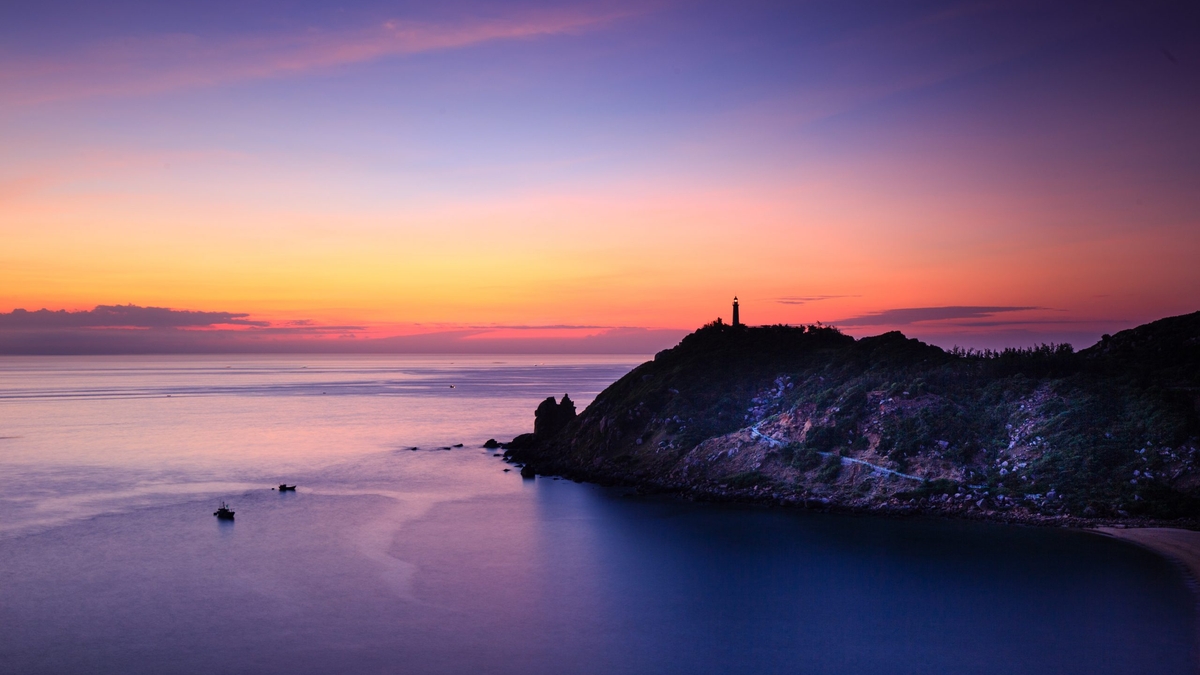





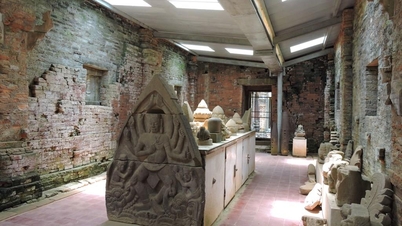



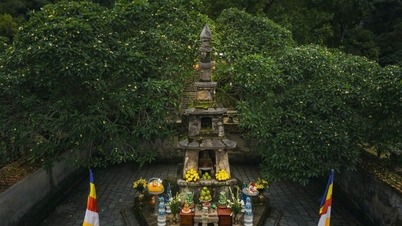

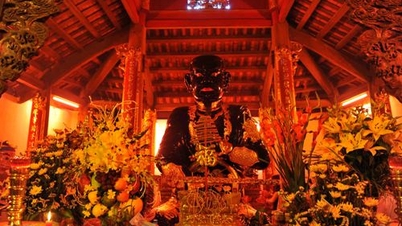













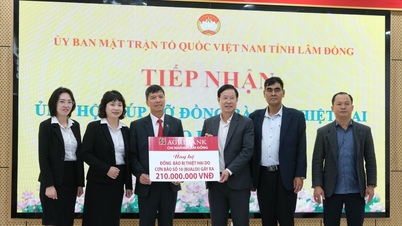





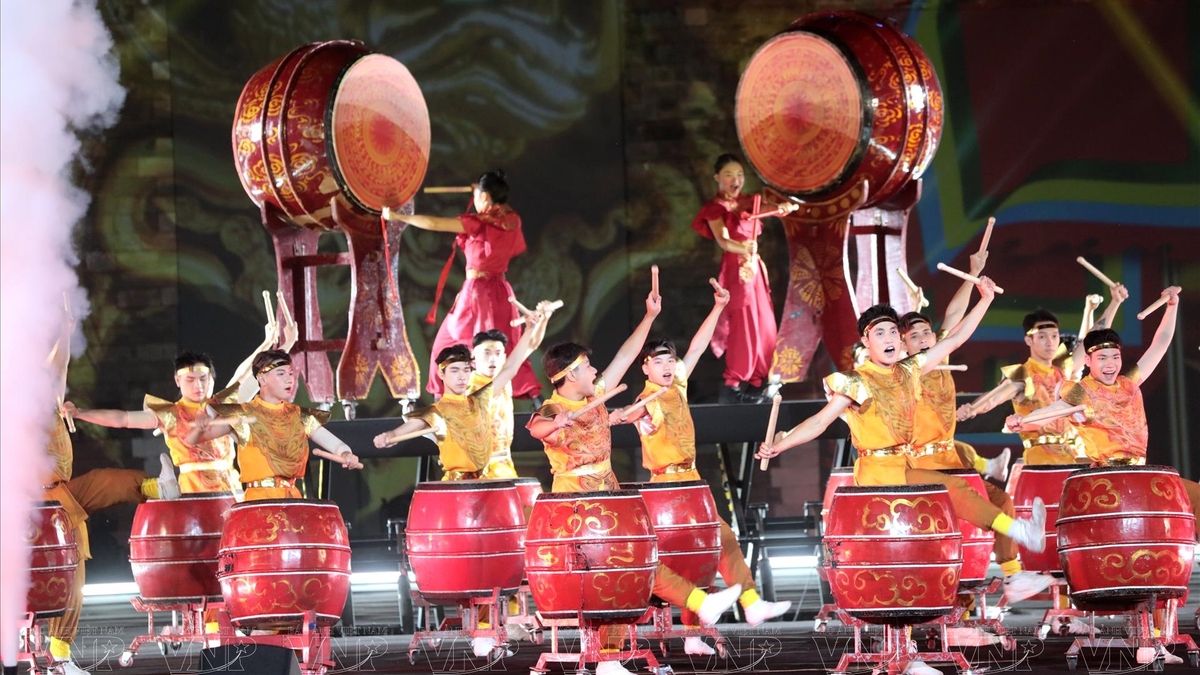
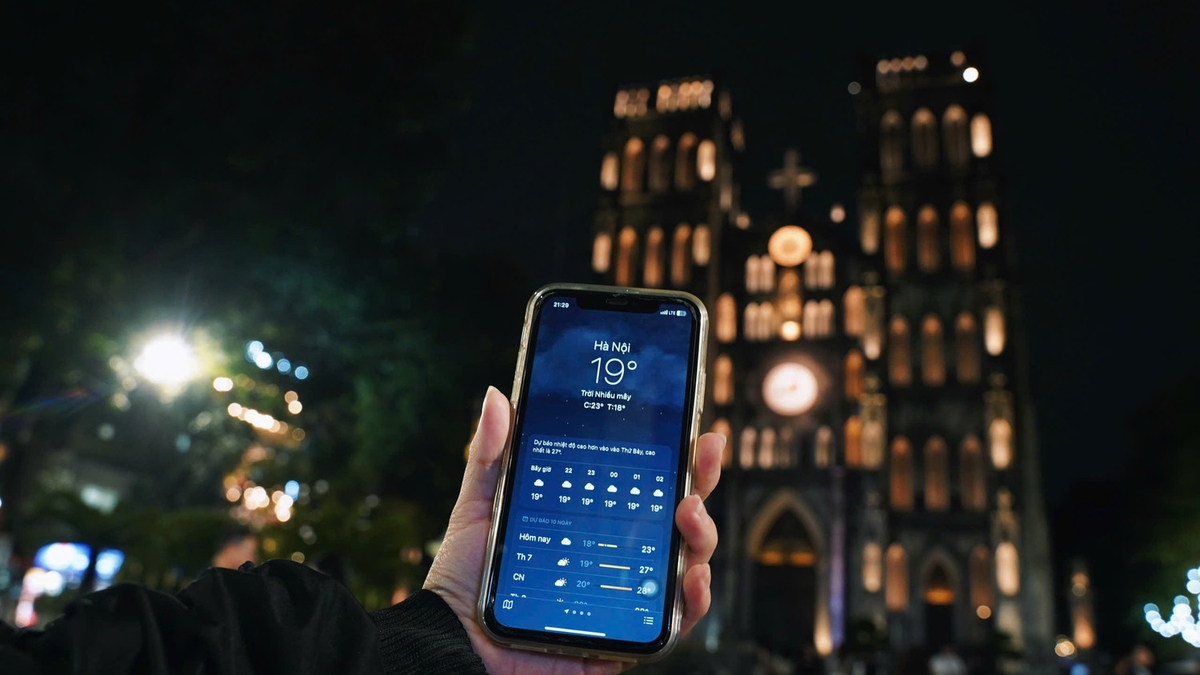
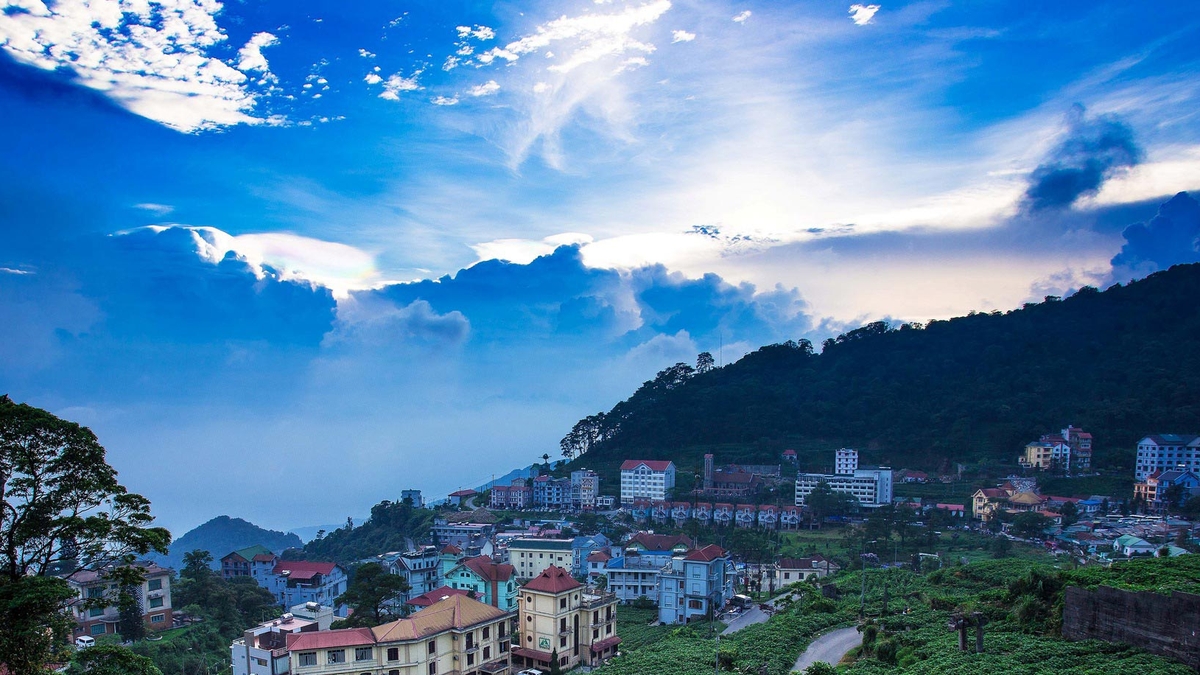
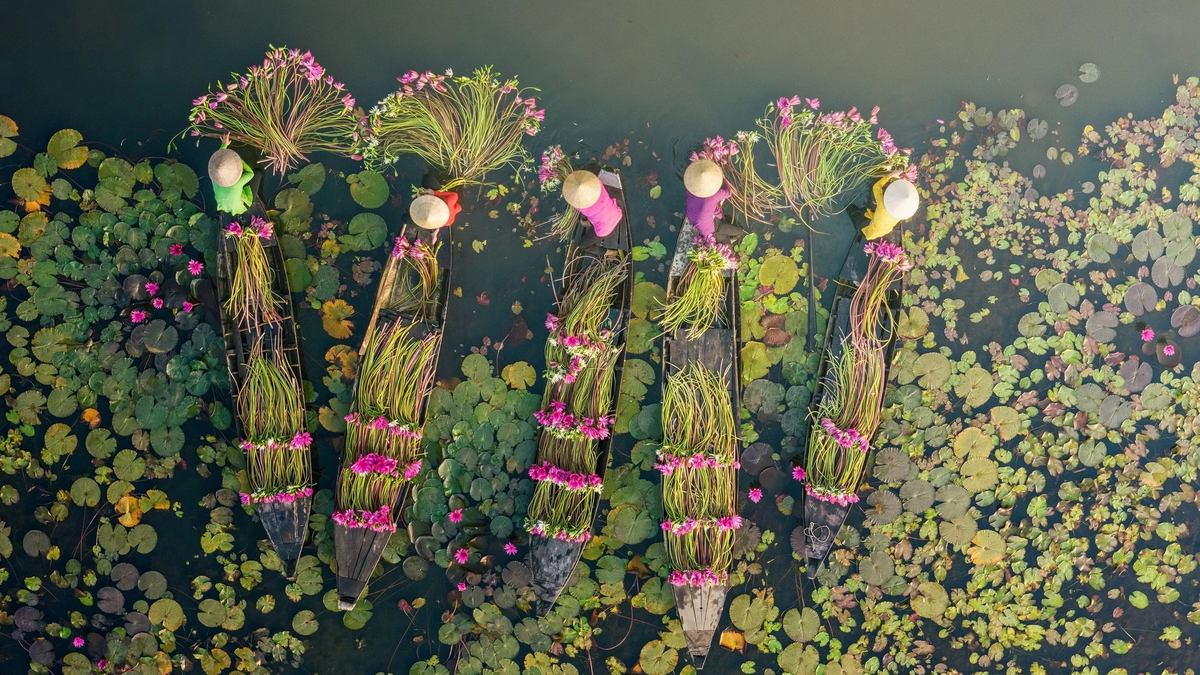
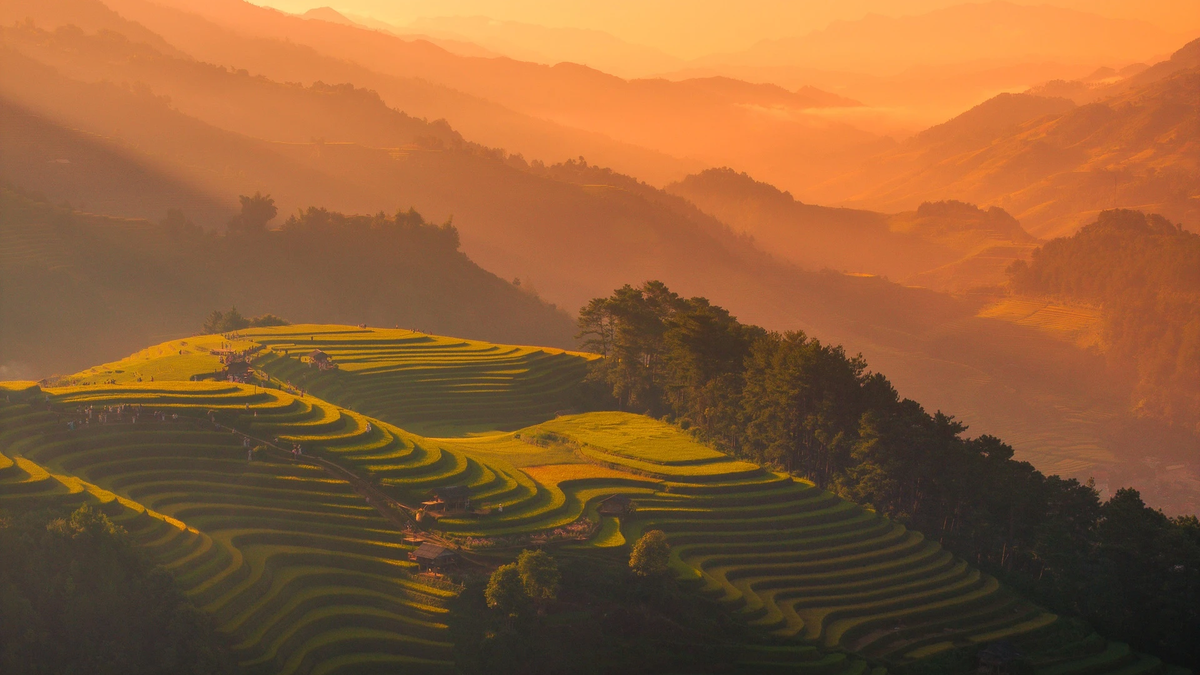
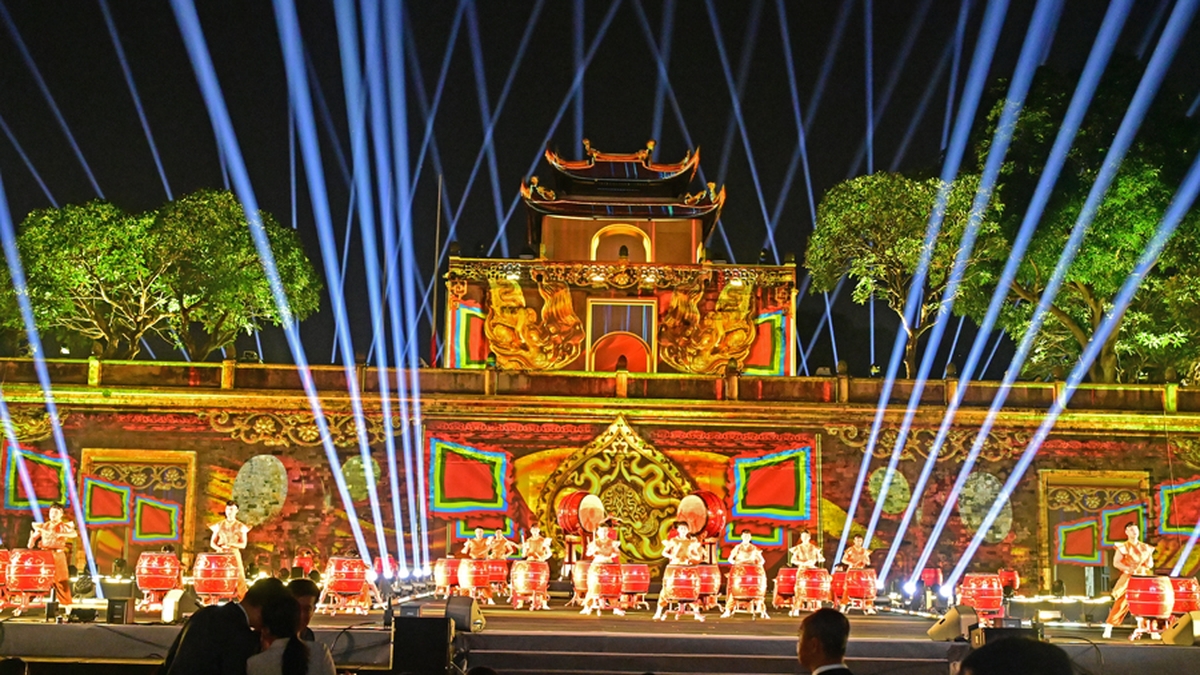
















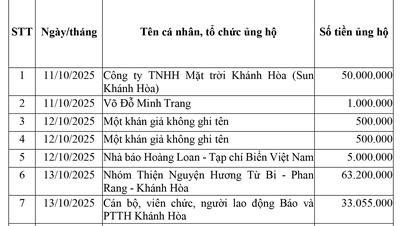




















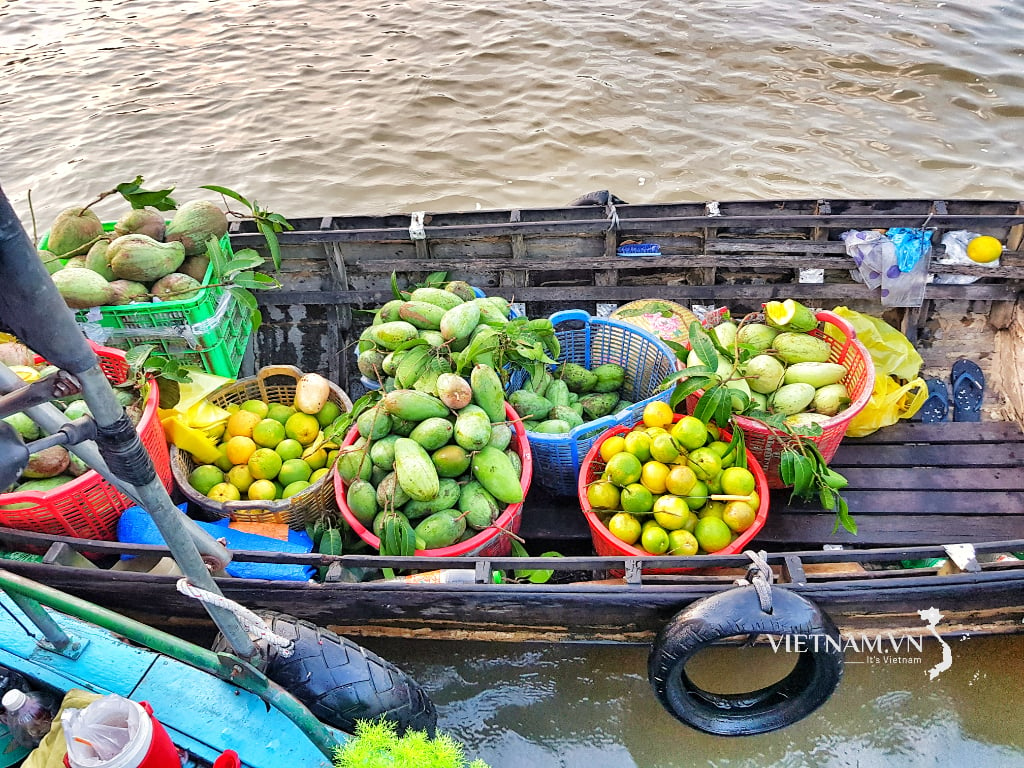
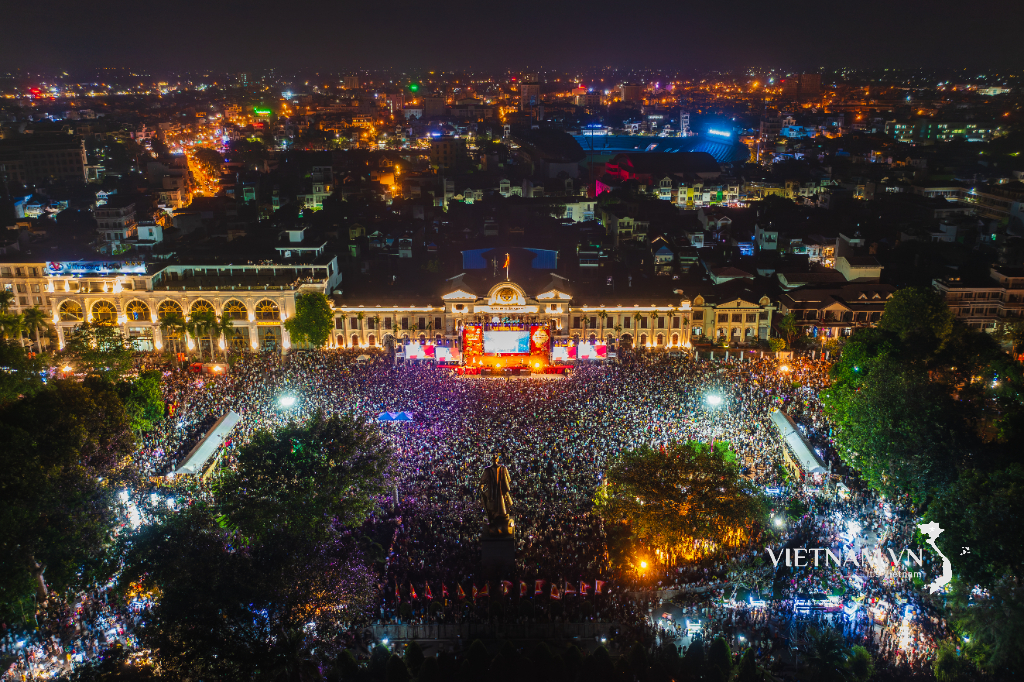


Comment (0)